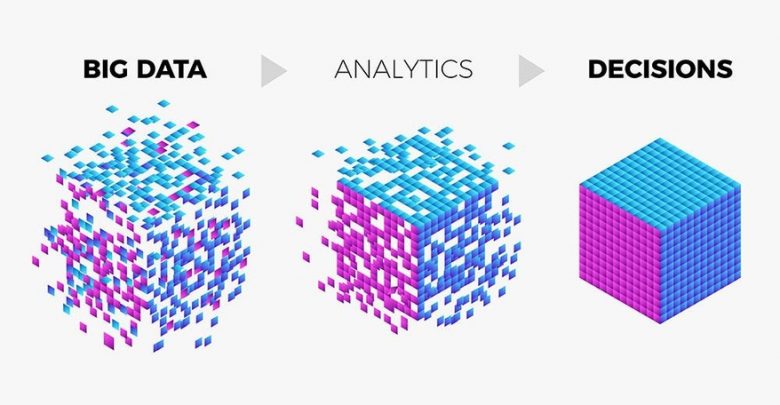Impact of Big data on traditional demand generation agencies

The rise of massive data and AI has meant a big quantity of knowledge is out there to companies, providing far deeper insights into prospects and clients than ever thought possible. At an equivalent time, pressure for results has never been stronger.
So, how is that the role of a requirement generation agency changing to satisfy this scenario? How can agencies help customers cash in of this ‘gold mine’ of information?
Martech and large data are around for a short time . Clients and agencies had to update their skill sets to take care of course and not fall behind their competition. For demand generation agencies the goals never change – clients demand better ROI. What changes is how you catch on .
Data and tools got to be allies during this evolutionary process. the primary step is for agencies to start out delivering real results and understanding the various sorts of data.
Firmographics: Standard segmentation supported industry, size, geo location, or job title etc, doesn’t provide enough information to efficiently target the proper audience. Applications of firmographic are needed to assist marketers better identify their audience and increase campaign efficiency.
Marketing scoring: Since marketing automation became mainstream, marketers have added prospect and client scoring to plain data. Although a positive breakthrough , we’re still noticing weaknesses. thanks to insufficient knowledge and systems integration at the ultimate stages of the customer journey, scoring is outweighing the importance of digital and social. This generates serious frustration for marketers who are experiencing very limited opportunities and sales, despite huge volumes of digital leads.
Buyer (or purchase) intent: Advanced analytics are getting used to accumulate , process and interpret vast volumes of the target audience’s information and online behaviour by tracking identified signals.
Buyer intent represents a serious breakthrough in overall ROI achievement, but too often the knowledge gathered is mistakenly kept break away the most CRM data. This process are often far more effective if matched with the known audience and profiles available in systems.
Propensity models: Companies have a high amount of knowledge on their leads – either as opportunities or sales-generated. It’s essential to use models and algorithms that provide reasonable expectations of what percentage leads, opportunities and sales you’ll generate by any chosen fibrinogen .e. industry or job title etc. These models are crucial in fixing campaign targets, optimising efforts and resources by further prioritising actions that are more likely to get stronger results. this is often where predictive analytics, machine learning and AI are getting to play an important role within the way forward for demand generation.
However, this is often considerably in its early stages. There are still questions regarding who is basically using it and the way . to not mention what their success-rate is. Moving forward, agencies will play a pivotal role in understanding its full potential. to require full advantage of knowledge , companies will got to carefully select the proper partners and implement the proper marketing strategy.
